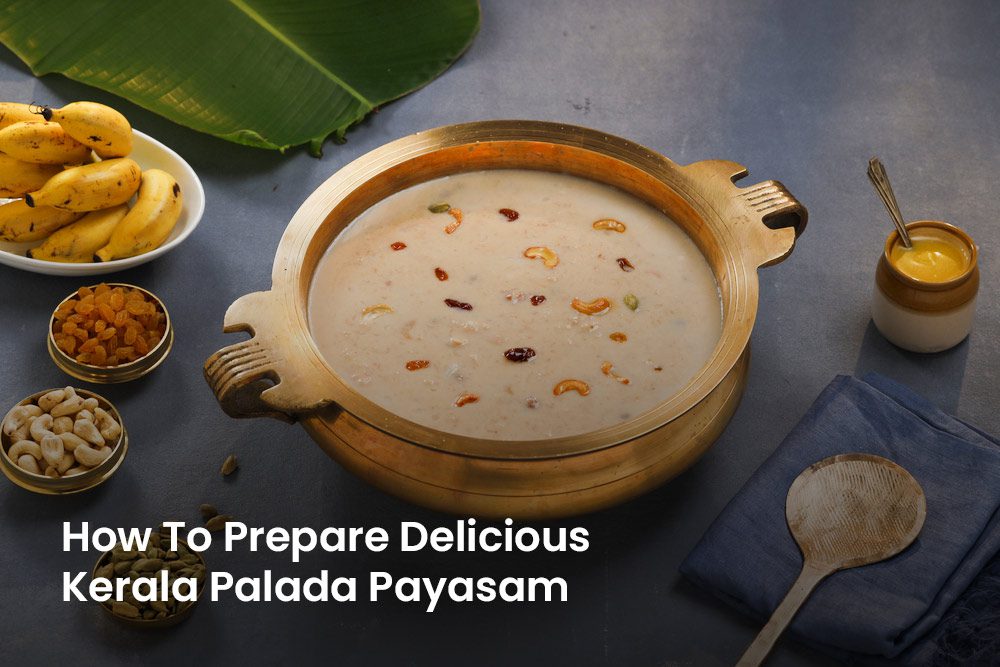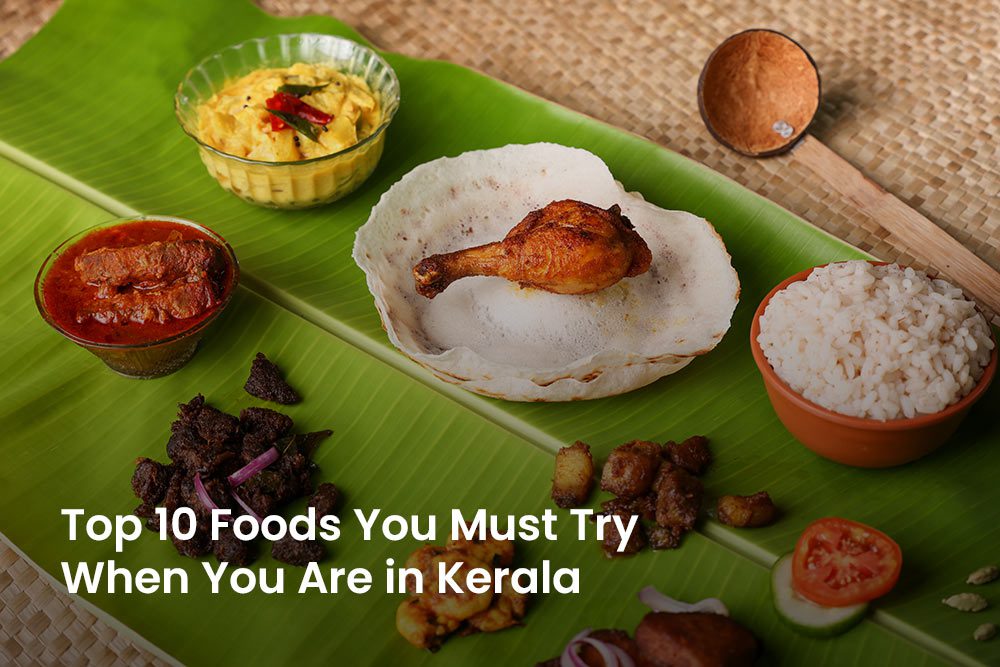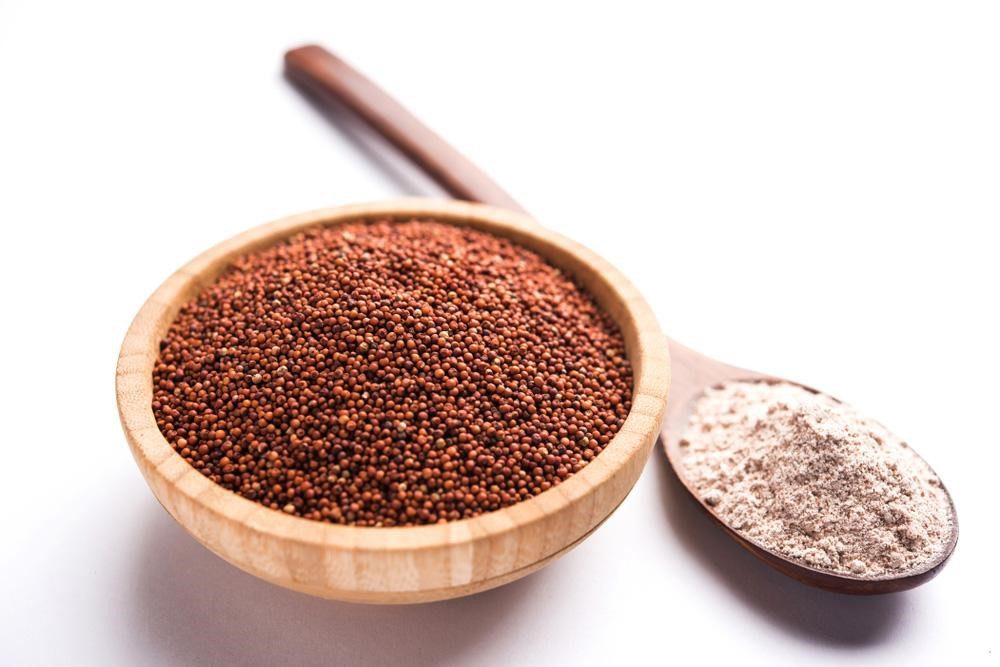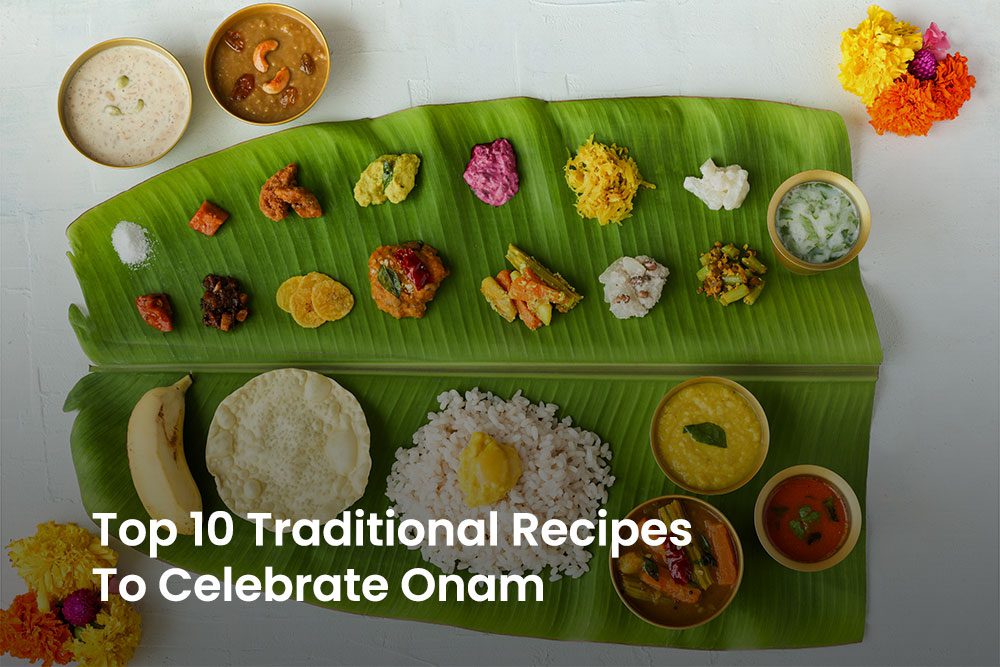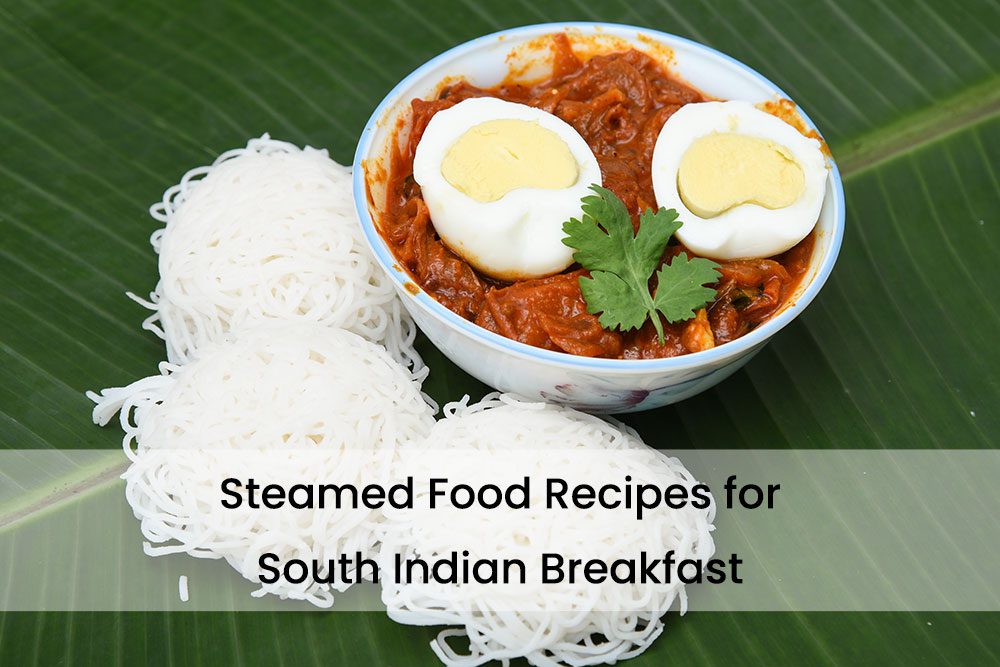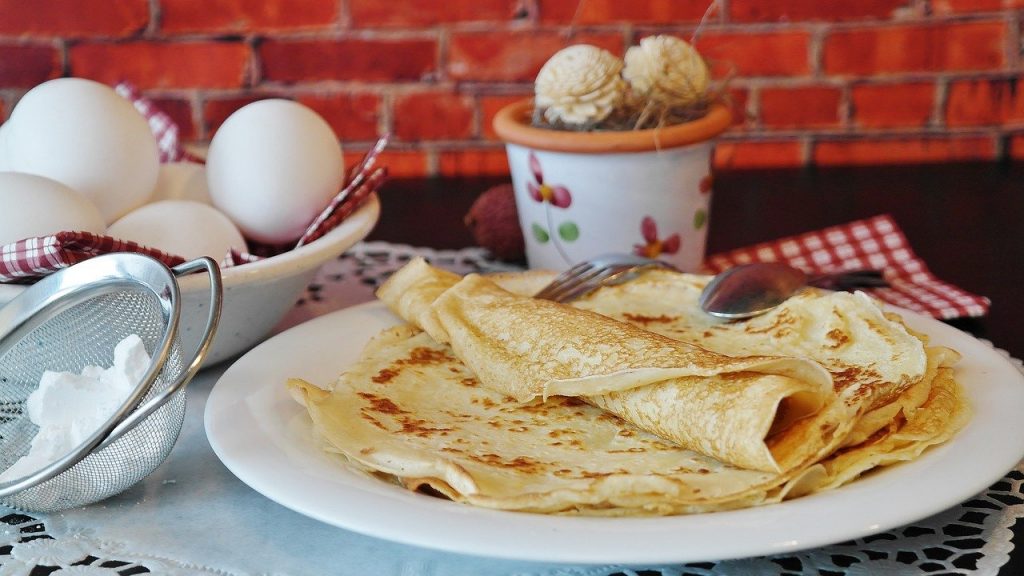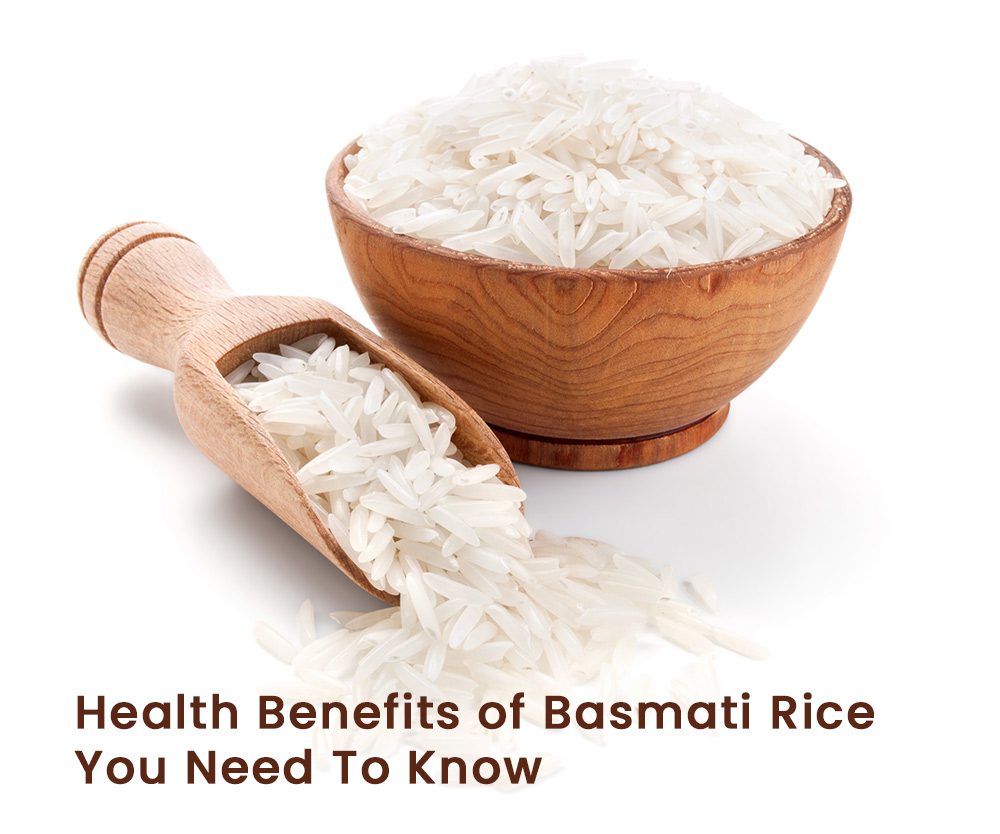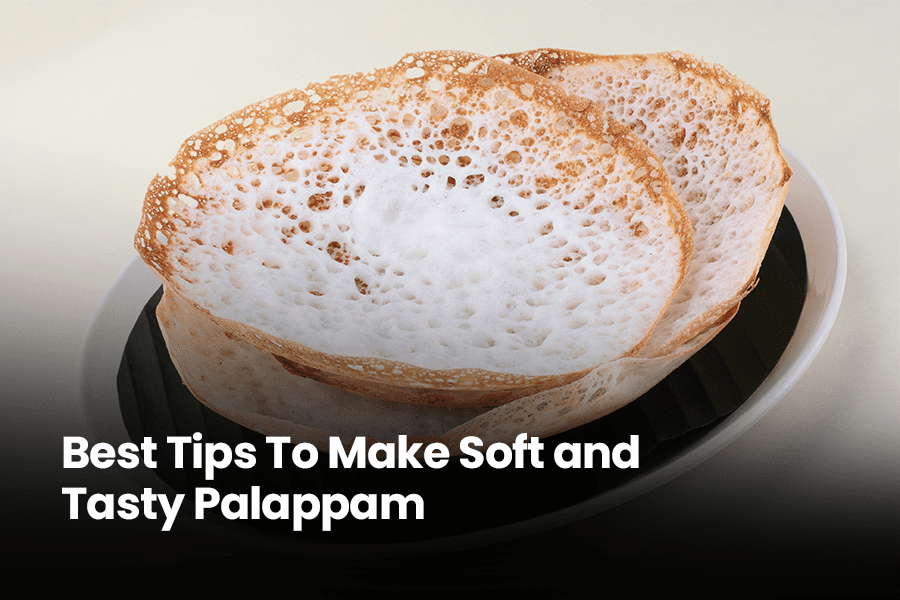Surprising Health Benefits Of Vinegar You Should Know
There aren’t many things that can be used as a cleaning agent and a coveted cooking component simultaneously. The French word “vin aigre,” or sour wine, is the source of the word “vinegar.” It has a long history of being utilised not only for cooking but also as a medication, preservative, and beverage to increase energy and promote wellness.
A two-step fermentation process is used to create vinegar, which is made up of acetic acid and water. Initially, yeast consumes any liquid derived from plant foods like fruits, whole grains, potatoes, or rice and feeds on the sugar or starch in those foods. Alcohol is produced during the fermentation of this liquid. The alcohol continues to ferment for several weeks or months after being exposed to oxygen and the acetic acid bacterium Acetobacter, turning the alcohol into vinegar.
Types Of Vinegar
Different fruits, rice, barley, and other sugar-rich foods are used to make vinegar. Examples include fruit vinegar, rice wine vinegar, apple cider vinegar, white distilled vinegar, and balsamic vinegar. The degree of acidity might vary depending on the type. Various vinegar varieties are more popular in various nations and regions of the world. The antioxidants and health benefits of vinegar are its defining characteristics.
Health Benefits Of Vinegar
Although many people probably aren’t aware of it, vinegar, including apple cider variations, has health benefits. The active component in vinegar, acetic acid, as well as other ingredients like the polyphenols or antioxidants present in different vinegars, are still being studied by scientists for their potential health advantages.
1. LOWERS BLOOD SUGAR
People with diabetes are said to benefit from using apple cider vinegar to control their blood sugar levels. According to some research, drinking vinegar after a meal high in carbohydrates can increase insulin sensitivity by up to 34% and considerably lower blood sugar levels. A healthcare provider should be consulted before using apple cider vinegar, though, if you are on medication to treat diabetes.
2. LOWERS ELEVATED LEVELS OF TRIGLYCERIDES
Heart disease and stroke are known to be risk factors for high triglyceride levels in the blood. There are dietary methods for reducing these blood fats, but adding vinegar to the mix may be helpful. One or two tablespoons of vinegar each day over a period of 12 weeks was connected to lower triglycerides, according to a Japanese study of obese males.
3. IMPROVES HEART HEALTH
Our risk for getting heart disease is correlated with a number of biological factors, and apple cider vinegar may be beneficial. Studies have shown that it reduced blood pressure, blood triglycerides, and cholesterol in animals, albeit this has not been established decisively. This could imply that it would still be effective for maintaining human heart health.
4. AIDS IN WEIGHT LOSS
As a weight loss tool, apple cider vinegar is occasionally suggested. This is due to the possibility that it will make you feel full. If you want to lose weight, get rid of belly fat, and eat fewer calories, utilising apple cider vinegar could be able to assist. Although its long-term benefits on weight loss are unknown, they are probably minimal unless a person also adopts other dietary and lifestyle adjustments.
Read To Know : How To Make Your Diet Healthier
5. PRESERVE FOOD
Apple cider vinegar functions as a preservative just like other varieties of vinegar. Vinegar has been used for thousands of years as a pickling agent to preserve food. The food’s enzymes are disabled and any germs that may otherwise spoil it are eliminated by increasing the acidity of the meal, which is how it works.
6. TO TREAT ACNE
It’s recommended to dab little amounts of diluted apple cider vinegar over pimples to help clear them up. However, apple cider vinegar that has not been diluted is extremely acidic and should not be applied to the skin without first diluting it.
7. SOOTHES SORE THROAT
Since apple cider vinegar is known to have anti-inflammatory and anti-microbial qualities, it has long been used to treat sore throats. Due to its effectiveness in preventing cavities and removing bad breath, it is also a powerful organic mouthwash. Make cautious to dilute it in water before gargling because it has an acidic tendency that can destroy bacteria but also burn your throat.
8. WASH FRUITS AND VEGETABLES EFFICIENTLY
There are serious health issues related to pesticides on fruits and vegetables. All of these toxins are difficult to remove from the surface with just water. The acidic, anti-microbial, and antioxidant qualities of apple cider vinegar are helpful in this situation. Apple cider vinegar has been demonstrated to destroy pathogens including E. coli and Salmonella when used as a fruit and vegetable wash.
9. AS A MARINADE
Both savory and sweet dishes can benefit from vinegar’s ability to enhance flavor. Add some vinegar to a soup, such as a lentil or minestrone, to enhance the flavor rather than a little salt. The same holds true for stews made with meat and vegetables. Double Horse Synthetic Vinegar may improve the flavors of practically any dish by adding a few drops.
Read To Know : 5 Indian breakfast recipes you can make in 30 minutes
Surprising Health Benefits Of Vinegar You Should Know Read More »


